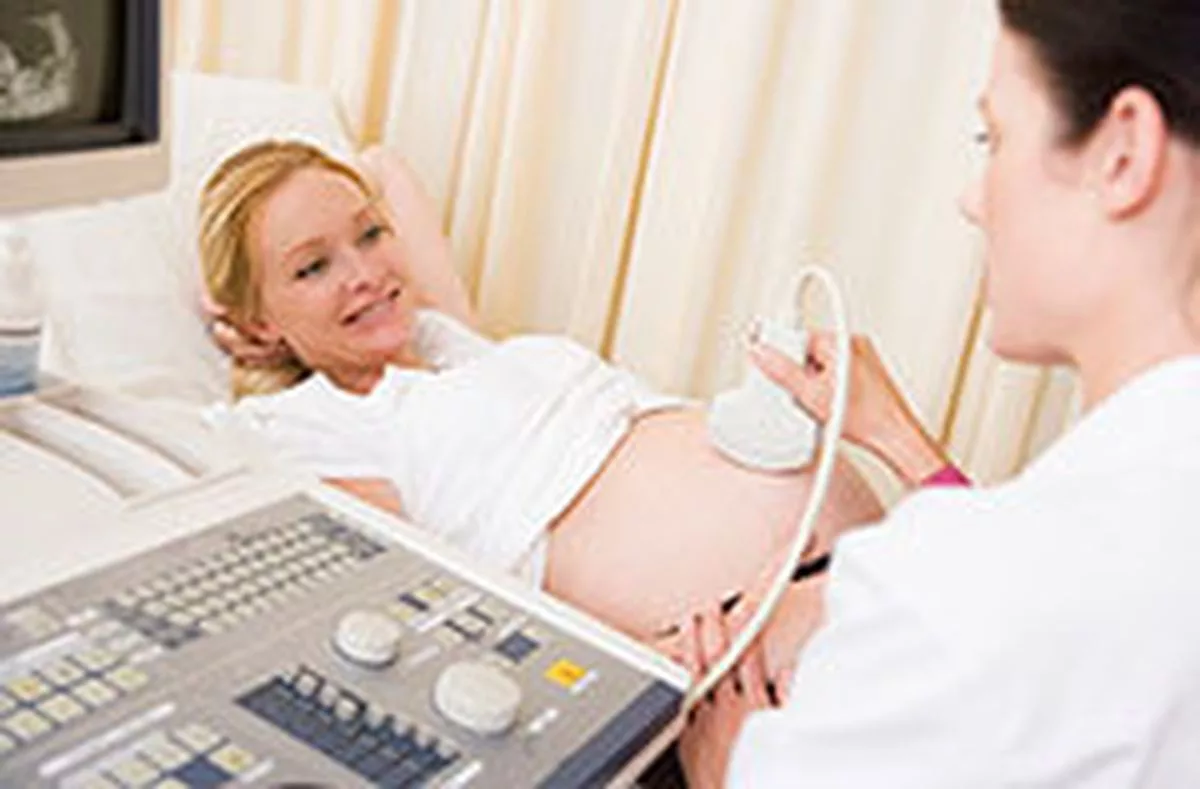The purpose of this study was to evaluate changes in ultrasound (US) presentation of hepatocellular carcinoma (HCC) over the past three decades and to analyze differences in HCC presentation based on etiology. US surveillance is crucial for the early diagnosis of HCC, but its presentation has evolved significantly. The study involved 372 patients diagnosed with HCC across three groups: 174 patients diagnosed between 1993 and 1998 (Group 1), 96 patients from 2003 to 2008 (Group 2), and 102 patients from 2013 to 2018 (Group 3). The researchers compared various ultrasound patterns, including the number of nodules (single, multiple, or diffuse) and echo-patterns (iso-, hypo-, hyper-echoic, or mixed). Findings indicated that the most frequent etiology of HCC was hepatitis C virus (HCV), which decreased from 81% in Group 1 to 66% in Group 3, while the incidence of metabolic causes increased from 5% to 14%. The prevalence of single HCC nodules increased significantly in Group 3 (65.6%) compared to Group 1 (40%), whereas multiple nodules were more common in Group 1 (50%) than in Group 3 (33.3%). The study also found a decline in the frequency of diffuse HCC, with only 1% in Group 3. Notably, the hypo-echoic pattern was the most common, increasing from 50% in Group 1 to 79% in Group 2 and 65% in Group 3. The results suggest that the severity of HCC presentations has decreased, likely due to effective surveillance programs, while highlighting a shift in etiology from HCV to metabolic factors over the years.
support@ehealthcommunity.org
Unlock Your Journey to Excellence in Healthcare!
Join our community of healthcare enthusiasts and gain access to cutting-edge courses, expert insights, and networking opportunities. Elevate your career – sign up now for a brighter, more informed tomorrow!
For Candidates
©2024 eHealth Community. All Rights Reserved. Developed By UMI Group LLC










